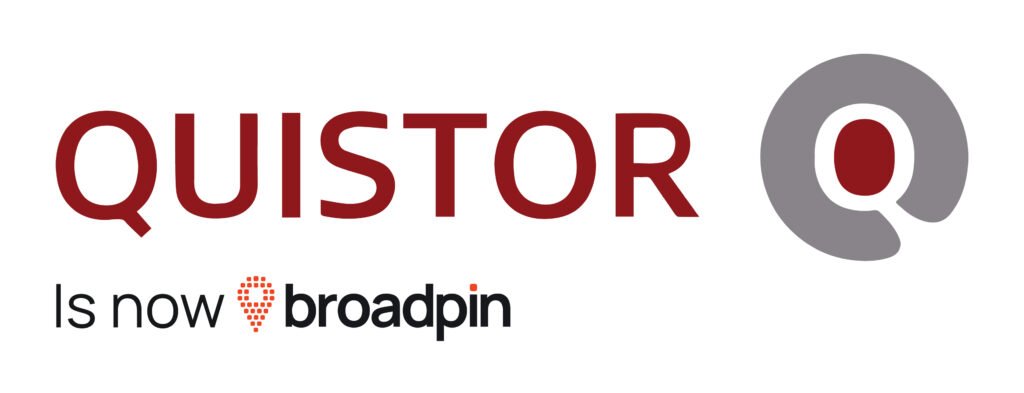Managing security in JD Edwards EnterpriseOne can be extremely complex and time-consuming, with lots of repetition and duplicated effort.
In an attempt to overcome this, many organizations use spreadsheets to manage Task Views, Roles, and Security, but this approach is also beset with problems. Spreadsheets are notoriously prone to errors and it can be difficult to monitor changes made and be sure that you have the correct version, leading to the risk of inadvertently building problems into your live security table.
One of the main reasons for investing in an ERP system was to consolidate your enterprise data into a single environment. It doesn’t make sense to manage security – critical to protecting your business and preserving the integrity of your data – by means of external, potentially unreliable spreadsheets.
Whether you are implementing JD Edwards EnterpriseOne 9.x from scratch or upgrading from an earlier release, Security Manager Pro can help you manage your security more efficiently yet more rigorously. You can:
- Implement new security from scratch, automatically generating security from your Task Views for rapid implementation and easier ongoing management.
- Import existing security from your current F00950.
- Import existing Task View information from spreadsheets.
- Manually enter security into a standard JD Edwards grid.
Whichever method you choose, you are then:
- Refine and/or rework the security as appropriate using our productivity tools.
- Check for Segregation of Duties or Multiple Role conflicts to eliminate potential loopholes BEFORE you build your new security table.
- Set defaults for Exits, Associated Objects, Hidden Programs, and UBEs.

